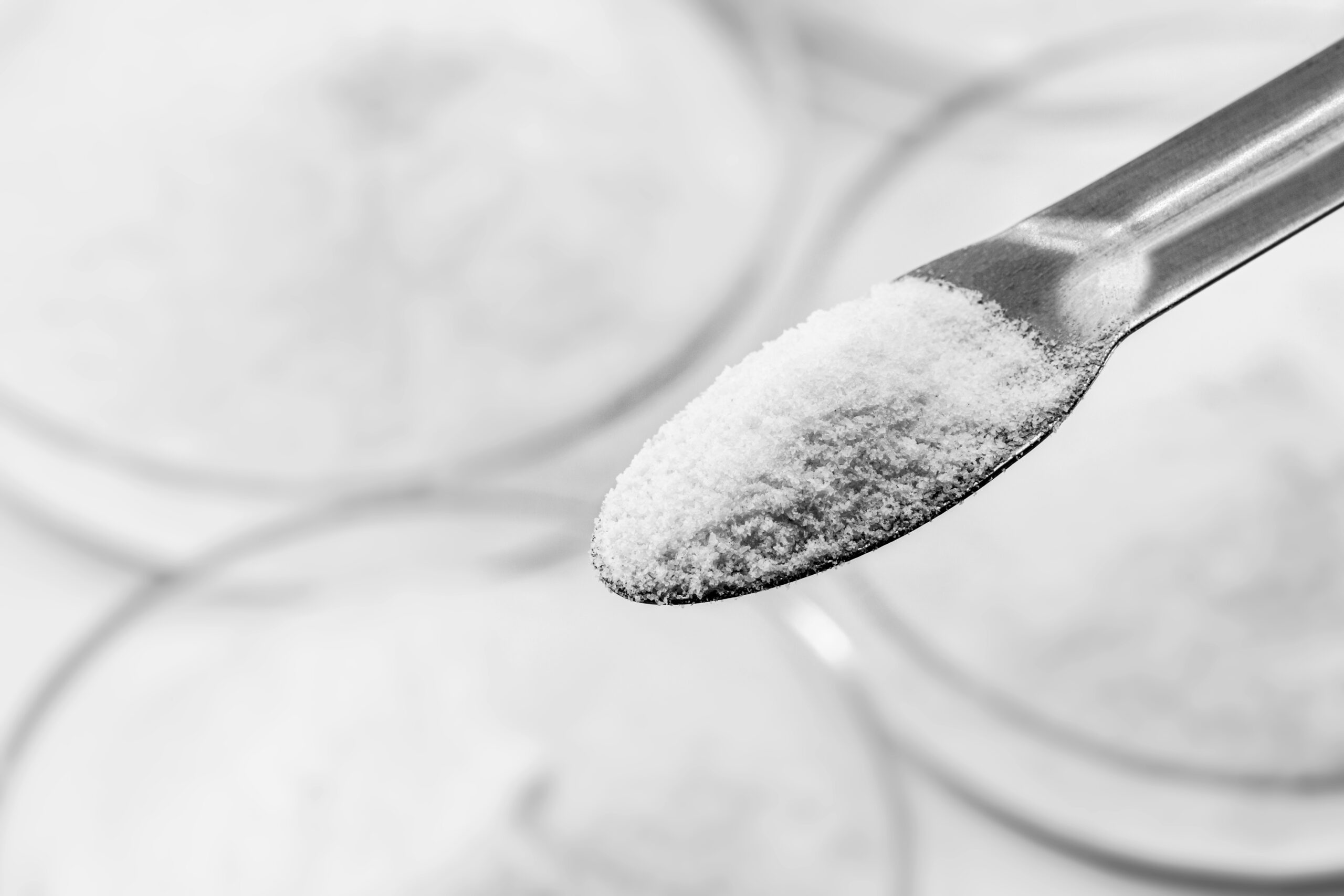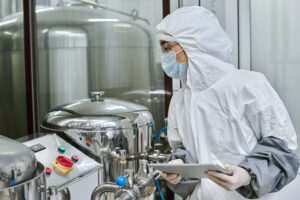
Tartaric acid is a naturally occurring organic acid found in grapes and tamarind. It plays a critical role in both pharmaceutical and food industries due to its chemical stability, acidity, solubility, and chelating properties. Whether it’s enhancing the flavor of a fruit drink or stabilizing a drug compound, tartaric acid serves multiple purposes in regulated and consumer-facing products.
This article explores the top 10 tartaric acid uses in pharma and food, how it benefits formulations, and why manufacturers choose GMP-certified tartaric acid for consistent performance and compliance.
Why Tartaric Acid is So Widely Used
Tartaric acid (C₄H₆O₆) is available in the L(+) isomer, which is the naturally active and commonly used form. Its acidic nature, high water solubility, and compatibility with excipients and food additives make it extremely versatile.
It is:
- Safe for human consumption
- Approved by USP, BP, EP, and IP
- Certified under FSSAI and FDA
- Used in bulk in both developed and emerging markets
Let’s now explore the top 10 industry-specific applications.
Top 10 Tartaric Acid Uses in Pharma and Food
1. Effervescent Tablet Formulation (Pharma)
Tartaric acid reacts with sodium bicarbonate to release CO₂, allowing the tablet to dissolve quickly in water. This enhances the delivery and palatability of the active drug.
Used in:
– Pain relievers
– Electrolyte drinks
– Digestive enzymes
2. Acidulant in Beverages (Food)
Tartaric acid adds a sharp, fruity sourness to juices, soft drinks, and flavored water. It’s especially effective in grape-based products and wine.
Used in:
– Energy drinks
– Soft beverages
– Fruit-flavored syrups
3. pH Buffering in Oral Medications (Pharma)
Maintaining the right pH level is vital for drug stability and absorption. Tartaric acid functions as a buffering agent, especially in syrups, suspensions, and injectables.
4. Baking Powder Component (Food)
In the food industry, tartaric acid works as an acidic component of baking powder. It releases carbon dioxide to leaven cakes and baked goods.
Used in:
– Cake mixes
– Pancakes
– Breads and cookies
5. Chiral Intermediate in Drug Synthesis (Pharma)
Tartaric acid is optically active and used in the synthesis of enantiomerically pure drugs, especially for cardiovascular and CNS disorders.
Used by:
– API manufacturers
– CDMOs
– Research labs
6. Wine Acidification & Stabilization (Food)
Winemakers use tartaric acid to adjust acidity, pH, and stability during fermentation. It enhances flavor, freshness, and clarity of wine.
Used in:
– Red and white wine
– Sparkling wines
– Fortified wines
7. Tablet Disintegrant (Pharma)
In solid oral dosage forms, tartaric acid improves tablet disintegration, ensuring faster dissolution and bioavailability of the active compound.
8. Preservative and Antioxidant (Food)
It acts as a natural preservative by lowering pH and inhibiting microbial growth. Its antioxidant properties help retain color and freshness in packaged foods.
Used in:
– Jam and jellies
– Candies
– Packaged sauces
9. Taste Modifier in Pediatric Syrups (Pharma)
Tartaric acid imparts a pleasant tangy flavor that masks bitter or metallic tastes in pediatric and geriatric liquid medications.
10. Emulsifier and Stabilizer (Food & Pharma)
In emulsions and suspensions, tartaric acid helps prevent phase separation and stabilize the mixture, especially in combination with emulsifiers like lecithin.
Why Use High-Purity, Pharma & Food Grade Tartaric Acid?
| Reason | Benefit |
|---|---|
| Regulatory compliance | Meets USP, BP, IP, EP, FSSAI standards |
| High purity (≥99%) | Reduces impurity-related risks |
| Enhanced safety | Free from heavy metals and solvents |
| Batch traceability | GMP-certified production |
| Global acceptability | Approved by FDA and CDSCO |
Where to Buy Tartaric Acid for Food and Pharma Use?
For businesses that rely on bulk supply with global compliance, Chemignition Laboratory is a trusted source of GMP-compliant tartaric acid.
Why Choose Chemignition:
- Pharma, food, and industrial grades available
- Compliant with IP/BP/USP/EP/FSSAI
- Global documentation and regulatory support
- Bulk packaging (25 kg drums, 500 kg jumbo bags)
- Exporting to 50+ countries
Website: www.chemignition.com
Packaging Options
- 25 kg fiber or HDPE drums
- Moisture-resistant vacuum pouches
- Jumbo bags for industrial use
- Custom-labeled pallet shipments available
Documentation Provided
- Certificate of Analysis (COA)
- Material Safety Data Sheet (MSDS)
- Technical Data Sheet (TDS)
- Certificate of Origin
- Commercial Invoice & Packing List
FAQs
What are the most common tartaric acid uses in pharma and food?
In pharma, it’s used in effervescent tablets, pH control, and API synthesis. In food, it works as a preservative, acidulant, and leavening agent.
Is tartaric acid safe for human consumption?
Yes. It is generally recognized as safe (GRAS) and approved by global food and drug authorities when used in appropriate quantities.
What grades of tartaric acid are used in food and pharma?
Pharma-grade complies with IP/BP/USP/EP standards. Food-grade meets FSSAI, FDA guidelines.
Where can I buy tartaric acid in bulk for pharmaceutical and food manufacturing?
You can source it from Chemignition Laboratory, a GMP-certified global supplier, offering bulk packaging and full regulatory documentation.
What is the shelf life of tartaric acid?
Typically, tartaric acid has a shelf life of 36 months, if stored in a cool, dry place in sealed packaging.



